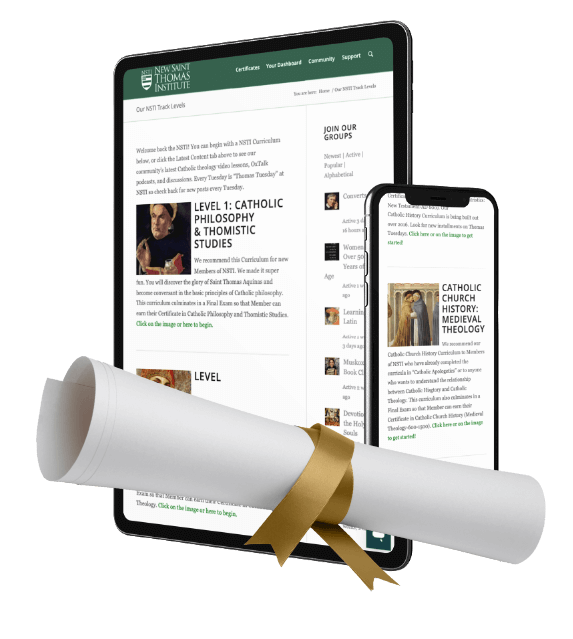The Incorruptible Tongue of St Anthony of Padua
Many people don’t know that Saint Anthony of Padua was not really from Padua, Italy. He was actually from Portugal. He is called Saint Anthony “of Padua” because his body was buried in Padua.

When St. Anthony died on June 13, 1231, his body was buried in the little Franciscan Church of St. Mary in Padua. By 1263 (only 32 years after his death!), a great basilica had been constructed so that his relics could be placed below the high altar.
When the crypt was opened, they found that the saint’s body had been reduced to dust and bones, but his tongue was intact and life-like. This was taken a sign from God confirming the ardent gifts of preaching and teaching that Saint Anthony had enjoyed on earth. St. Bonaventure, who was present as minister general of the Friars Minor, took the tongue reverently into his hands and exclaimed,
“O blessed tongue, which has always blessed God and caused others to bless Him, now it appears evident how great were your merits before God!”
The tongue of St. Anthony was placed in a special reliquary, and can still be seen today in a separate chapel on the epistle side of the basilica. In 1310 the basilica was almost finished, and the remains of St. Anthony were transferred to a tomb in the middle of the nave. The final transfer of the relics of St. Anthony to their present chapel on the Gospel side of the basilica took place in 1350. It is the latter transfer that is commemorated on February 15 in the Franciscan calendar.
What to Watch Next
SHOP THE TAYLOR MARSHALL STORE
Dive Deeper

GET CONFIDENT IN YOUR FAITH
Explore the fascinating world of Catholic teachings with Dr. Marshall. Together you’ll unpack the brilliant answers the Church gives to tough questions about the Faith. The best part: you go at your own pace. Start this exciting journey today.


 >
>





